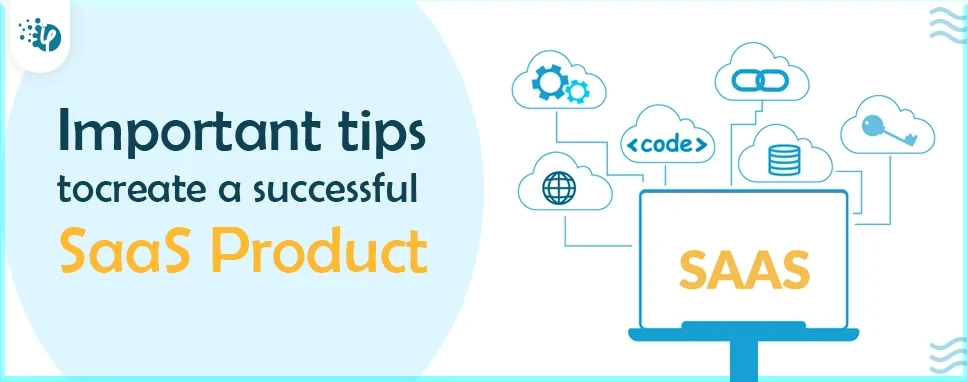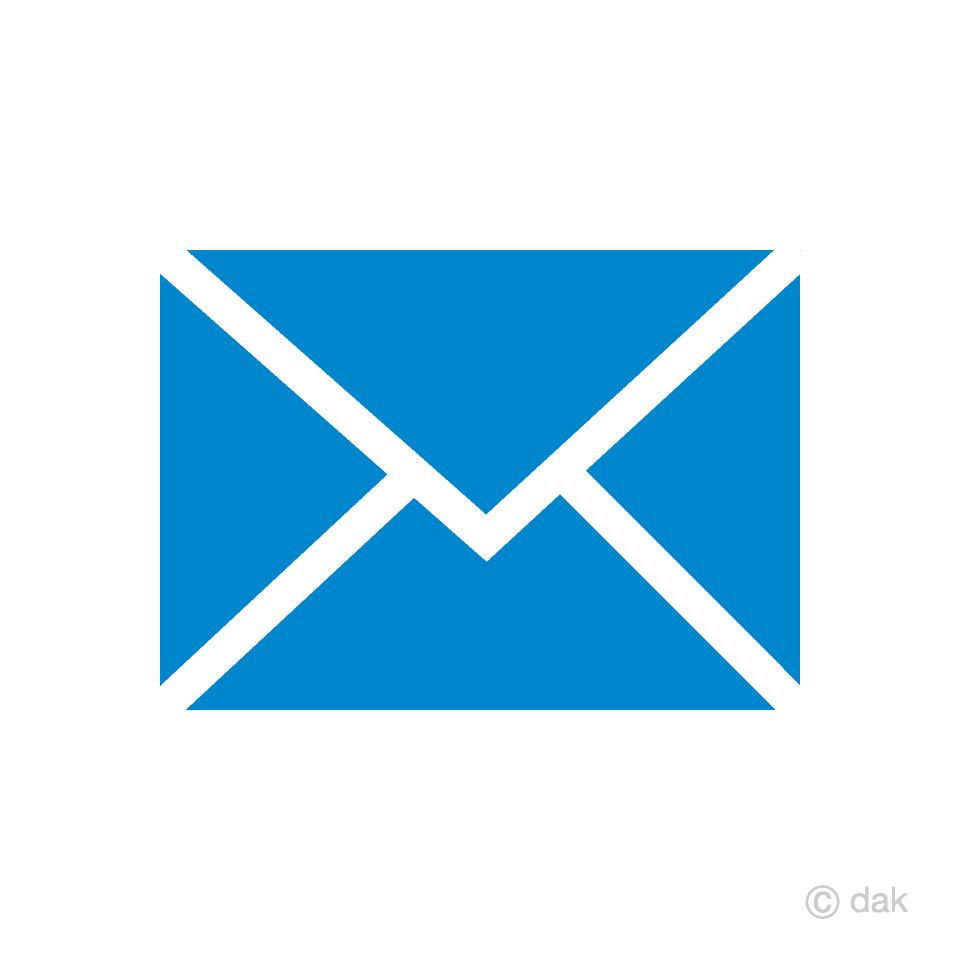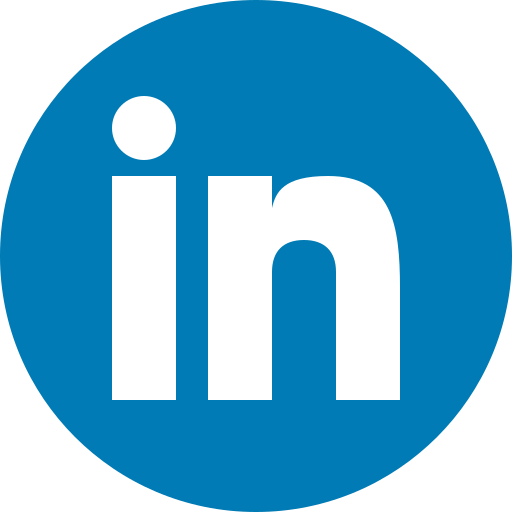“1. *Market research: *What's the core problem you're trying to address? Here's where the existence of your SaaS is defined/re-defined.
2. *The pricing model: *Make sure you provide competitive pricing.
What's the point of building a SaaS product-free? You can always plan to onboard customers with a free trial, though.
3. *Integration options*: SaaS products are not used in isolation. There's always a need for a chat integration or analytics or alert notification solution. You need to provide plugs to the most critical related SaaS products.
4. *Technology*: Are you creating a code completion SaaS or a payments SaaS? It'll impact your choice on whether you're going with Java or Python.
5. *Hosting platform*: Choose your provider wisely by evaluating your needs. Customer support, per hour pricing, alerts, security, fault tolerance should all affect your choices.
6. *Marketing*: Pick a marketing partner who can place you at the customer's click/tap. Referral, email, social, affiliate, content, and ad marketing can boost your chances of keeping the customer base engaged and reducing churn.
7. *Sales closure*: Qualifying marketing leads into sales makes sure cash flow is constant and keeps the product cycle rolling.
These steps are very generic, so you can use them whether you are building a CRM, Analytics, or Payments SaaS.”
- Thierry Tremblay, Founder of Kohezion
“I would say that the best advice to building a strong SaaS product is: 1. know the market 2. Know your competitors 3. use software tools to automate your tasks so you can put energy into growing and marketing your product, and not on day to day operations 4. provide excellent customer service.
Churn is a huge issue for SaaS companies, so not only ensuring that the processes are smooth and automated, but coupling that with excellent customer service will lower churn, increase referrals from satisfied clients (free marketing!), and allow you the time to grow your business to scale.”
- Samantha Avneri, Marketing Director at Regpack
“First of all, a successful SaaS product should be secure and reliable, scalable, accessible as it's easier to use it all the time and is unavailable only in case of no internet connection. In regard to creating a successful SaaS product the following features should be considered:
Market research: Before realizing your idea make sure to check whether the product will be required in the market. For that, first clearly identify your target market, drag out the pain points of your potential users, and work on offering a helpful solution. Remember, your product shouldn't be something you're highly interested in rather than something that people will find useful and worth their time and money.
Discuss SaaS requirements and define the MVP (minimum viable product):
After choosing the industry and group of people your product is going to serve, make sure to learn about your possible competitors and draw out parallels and comparisons. Identify benefits that will make your product stand out, customize it regarding your target market, pay attention to integration and security, which is very important especially in the case of internet-based software. On the other hand, make financial planning. What I mean is clearly defining subscription plans and MVP. As I mentioned earlier, if your SaaS product is a brand new one and just trying to enter the market, it's just pointless to put subscription fees. Instead identify a minimum viable product, free of charge features that will interest your users and will motivate them to jump to a payable version of your product.
Meantime, if this can't work for you at least define trial versions for the users.
Tech-stack: Technologies are very important and you should clearly understand and define which tech stack will work the best for your SaaS product. In this case, I suggest having consultations with technical teams and discussing which programming languages, tools, platforms suit the best for your product. Those can be PHP, Laravel, JavaScript, Vue.js, Ionic, Flutter, etc.
Database: This keeps the necessary information for your application, and it should be secure and easy/comfortable to use.
Find an appropriate development team if you don't have your own. Outsourcing is very popular among startups as it's more affordable and the development process is smoother if you choose the right vendor. Choose an appropriate cloud provider: SaaS products or products available online should be hosted in a cloud environment. Discuss these with your tech team and choose the most beneficial cloud provider for you such as Amazon (AWS), Google, Microsoft, Heroku.”
- Srbuhi Avetisyan, Business Development Specialist at CodeRiders
“Once you have decided that you are going to build a SaaS, it is important that you include the following in your planning.
- A good understanding of the customers\business requirements.
- Define data security specifications.
- Design the disaster recovery process.
- Identify the appropriate team members, and their capabilities, that will be implementing the software.
- Design the data structure necessary to implement.
- Select the appropriate software for your back end and front end.
- Design the user interface with the customer's needs in mind. Ensure if it is really easy to utilize
- Customer support preparation.
- Determine Service Level Agreement (SLA) including turnaround time, etc.
- Documentation for the entire infrastructure.
- Customer training.
- Determine the best places to market your product and market it as much as possible.
- Listen to user feedback and use this to improve your offering.
- I feel the most ideal way to build a SaaS product is to incorporate it into a Computerized Maintenance Management Software (CMMS). The main reasons for using a CMMS SaaS are accessibility from anywhere using a computer, Smartphone, or mobile device, data security, and low total cost of ownership
What are the goals of successful implementation?
Clearly defined and agreed to objectives.
Complete dedication and focus on the project plan.
Strategic flexibility.
Alignment of best practices.
A good understanding of the team’s capabilities and availability.
Continuous assessment.”
- Jeff Roscher, CEO of eWorkOrders
“Building a successful SaaS product requires three key things:
1. A clear vision
2.A passion for customer service
3.A reliable development team
Each of these factors plays a key role in the success of your product. A clear vision supports communication to the team and also the consumers. Looking at every piece of the picture from the day-to-day campaigns all the way to the long-term goals. Providing a clear vision to your consumers is what will build trust and excitement for the future of your product.
A passion for customer service is instrumental in the success of your saas product. Constantly listening to your audience is what makes the demand for a service. Catering your platform to the problems and needs of your audience is what will help spread the word of your saas. Here at Resona, we have an Intercom chat so that users can reach out whenever they need to start a direct chat with a knowledgeable team member. Since we are a small team, even I am part of the customer support team to help answer any questions, consider feedback, and help fix any problems that arise.
Finally, how can a software-as-a-service product be successful without solid software engineers? Make sure your product is user-friendly, works fast, and is optimized to meet the needs of consumers. Build a team of developers that will maintain the reputation and image of your brand through the product performance. These key pillars will give you the foundation for a tight-knit community. From here you can expand and start to promote your product with additional resources like marketing”
- Farzad Rashidi, Co-Founder @Respona
“I can pinpoint three aspects that are critical for a SaaS project's success.
The preparation. A good SaaS product should be in demand among potential users, which means it should address some topical issue, not a personal whim. So analyzing the market and the potential customers’ needs must be a preliminary step.
A broader focus. First of all, it’s about choosing the niche. It often happens that SaaS product owners’ industry expertise is limited to a certain field. However, this precise focus may make the team miss other promising SaaS application scenarios that may help more potential users. To choose the most promising field, you need to analyze three factors: market size, competitors, and user adoption potential.
Secondly, the broader focus should be applied when forming a project team. Successful SaaS projects unite professionals with diverse skills, not only software engineers. Designers, marketing specialists, PMs, and industry consultants should also be in.
Retaining success. Success is a volatile matter, and keeping it up requires continuous monitoring of the three factors mentioned above, doing trend analysis, and reacting swiftly when some of the parameters drop down. It may be useful to prepare a recovery strategy in advance.”
- Anna Muchnik, Digital Marketing Manager @Itransition





















